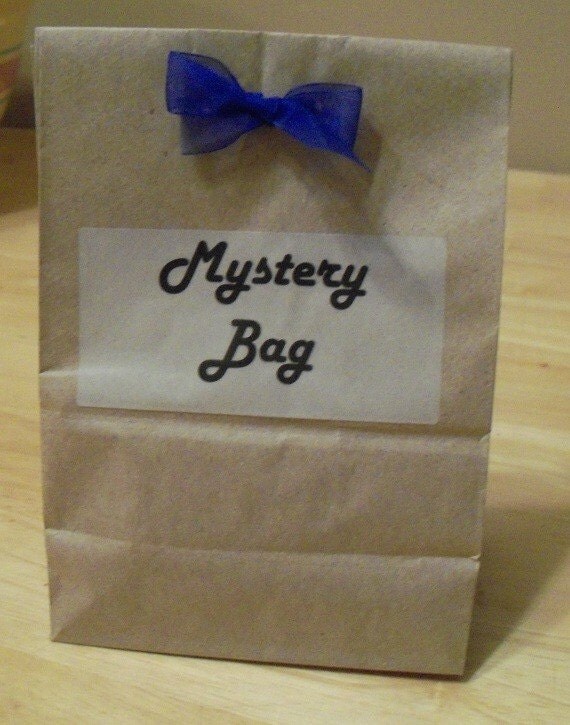The book I chose to do a book trailer for was The Rock Factory: A Story about the Rock Cycle by Jacqui and illustrated by Matthew Lilly. I chose this book because not only does it go through the different stages of the rock cycle for students, it includes illustrations which are bright and colorful. The illustrations on some pages have word blurbs to identify what is happening in the picture and explain the process for students.
Creating a trailer for a book is something I had previously never considered. I have had to write up book reviews, summaries, or other short writing pieces about a book I read previously, but none were done for the purpose the book trailer was. Creating the trailer was fairly simple using Animoto and I think could be effective in a classroom. Students generally seem interested when presented with technology or videos which would mean that by showing them a book trailer in such a way they would be engaged and more curious about a book than if the teacher simply told them about it standing at the front of the class. Further, because using animoto was as simple as it was, this activity could be a project for students to do in class as part of a book report, or even at the end of the year as a way to engage their classmates to read what they decided was their favorite book of the year.





